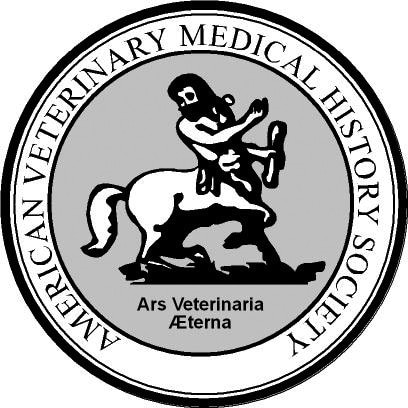There are a few old terms about postal operations that have particularly captivating turns of phrase. “Star Routes” often raises lots of curious looks and questions. The transportation contractors that this term refers to cover some of the most challenging terrains and climates in the US and help make the US Postal Service’s extensive logistics network possible. It’s why the work they do is often included in the lists of facts and superlatives about USPS. It’s why my museum has included their story in an exhibition and why we continue to work to add to our collection about their individual histories.
The Post Office created this relatively independent type of contract work in 1845, and allowed these transportation contractors to choose their own methods and routes to reach the prescribed delivery locations and schedule. The Star Route name derives from the three asterisks that were written as shorthand for the “certainty, celerity, and security” qualities by which designated contractors moved and protected the mail in their charge. Despite the introduction of a new name (Highway Contract Routes) and more extensive specifications in 1970, the Star Route title endures as do many of its oldest companies and routes.
In 2015, we accessioned objects from two such unique contractors. We have been aiming to collect stories like theirs for years but the changeable nature of contracts has meant that a couple of opportunities have come and gone. This year two of our curators developed a relationship with the operators of the famed mule-train route in Arizona and acquired a saddle used to carry mail to the base of the canyon on the Havasupai Reservation, south of the Grand Canyon National Park.A serendipitous phone call from Jerry’s Rogue Jets of Gold Beach, OR started a conversation about the Star Route that began in 1895 on the river that the company serves by trucks in the wintertime and by jet boats in the summer when tourists travel along with the mail. Our museum didn’t have space for one of their older-style boats, but we did acquire the boat pilot’s uniforms. Though not employees of the US Postal Service, the work they do for the USPS makes them integral to its corporate history and identity. But these are just a sampling of the broad array of contractors and suppliers to USPS. How far we should go with collecting and interpreting the history of these related businesses is up for debate. We’ll set a course while remaining open to the opportunities that may help us better understand and interpret the history of the Postal Service.
Lynn Heidelbaugh is a curator with the Smithsonian’s National Postal Museum in Washington, D.C.






